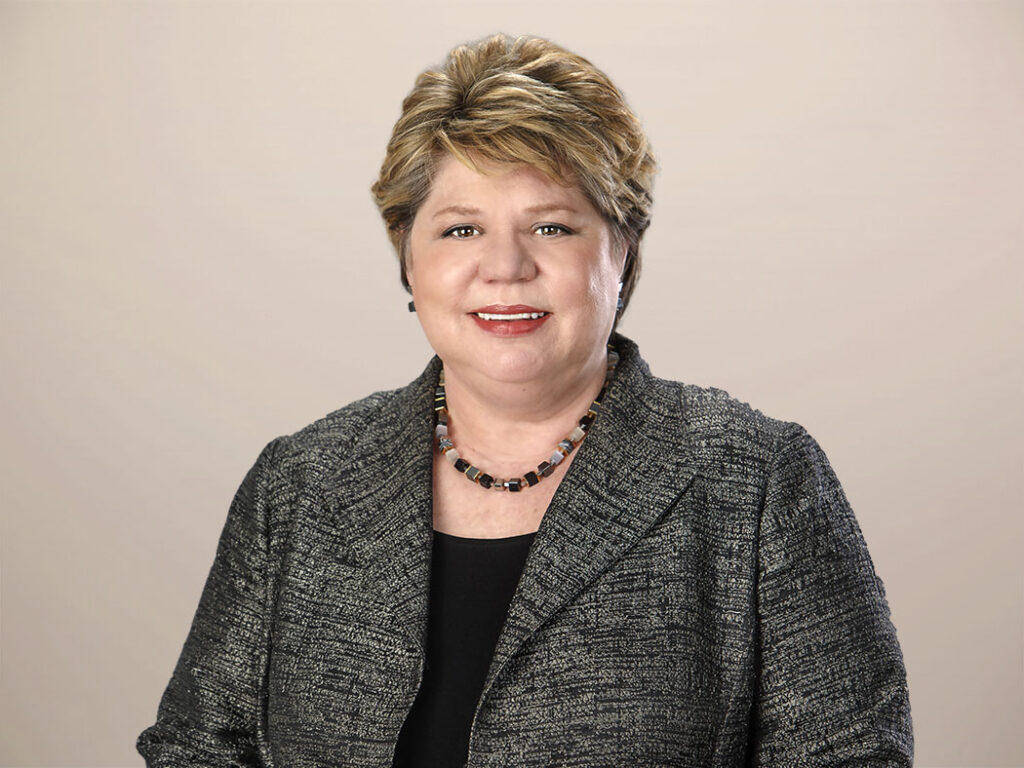Buyer Behavior Helps B2B Marketers Guide The Buyer’s Journey
Forrester research shows that today’s B2B buyer will find three pieces of content about a vendor for every one piece that marketing can publish or sales can deliver. They are finding this content in an ever-expanding number and variety of channels. And they are accessing these channels from an increasingly diverse array of devices. Without debate, the business from business buyer is already much more multichannel than the business-to-business sellers are. Buyers of business products and services are online, in social channels, on YouTube, going to events, and evaluating options on their iPads and smartphones. The buyer’s journey looks a lot more like this than the linear models (e.g., the funnel) that we usually use as a graphical representation.

Understanding the customer journey across these touchpoints is essential to the success of any marketing program. B2C marketers are much more prepared than B2B marketers to engage their multi-touchpoint customers with a multichannel approach. B2C marketers have reacted to the multi-touchpoint customer with multichannel marketing strategies; these strategies use a combination of process, technology and organizational alignment to engage current and prospective customers in all of the digital, social and offline channels that are part of the buyer’s purchase process.
Business-to-business marketers have some catch-up to do. The leaders might be marketing consistently over these multiple channels, but they aren’t engaging their customers in a seamless experience. Engaging, throughout the customer’s buying cycle, requires completely different thinking. B2B marketers must nurture prospects for months or years before they turn into sales opportunities, so it is critical to know how you are connecting with each buyer at each interim stage that buyer goes through.
Most of the marketing executives I speak with get this. But they are stymied by a legitimate question, “How can I manage the need to communicate with buyers, on their terms, in a proliferating channel mix, when my staff never gets any bigger?” Enter marketing automation. Today’s buyer demands more personalized attention, and to be more personal the marketer must be more automated. Marketing automation captures buyer behavior – the greatest untapped asset that marketers have. Marketing automation lets us know which specific content buyers are consuming. Marketing automation tells us where are customer are finding our content. Marketing automation tells us what they do next. With this data, and the knowledge it drives, marketers can provide targeted content and offers which serve to both improve buyer engagement and increase conversion rates. It’s a lovely irony that to become more personal, B2B marketers need to become more automated.
When prospective customers interact with companies they expect more — more personal, more relevant and more timely communications. Marketers need to constantly and automatically evolve their programs based on how their buyers react to their marketing messages. Behavioral marketing is no longer an option — it’s table stakes.
Stop thinking about campaigns and start thinking engagement. Marketers who continue to build campaigns, and make offers, around products and product features will be perceived as "tone deaf" to the multichannel customer. Customers will engage with marketers who meet their needs – their changing needs – for different information and options during the buying journey. Marketers who continue to "go to customer" with product-centric campaigns and offers risk becoming irrelevant.
